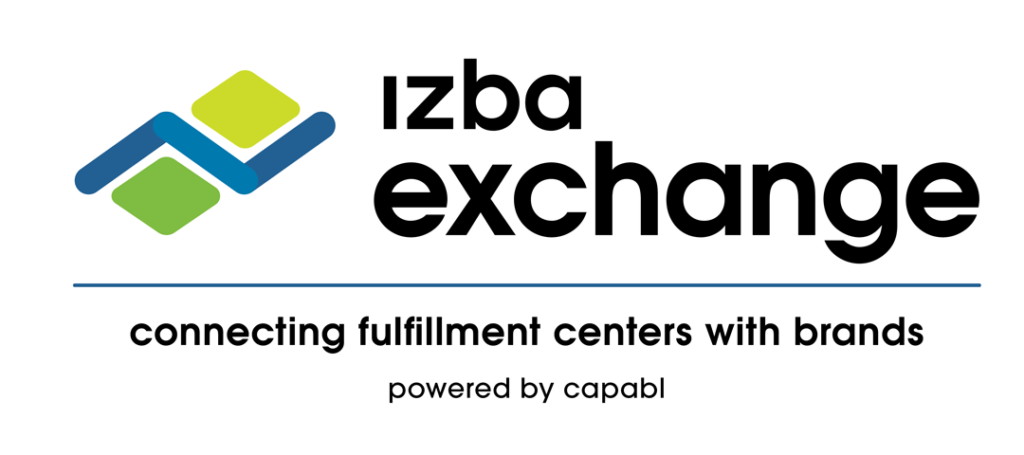Expanding your ecommerce business into Canada is a no-brainer for U.S. brands. It’s a massive market with strong consumer demand, and if you’re already shipping domestically, adding Canada can feel like an easy win. But there’s a critical nuance that often catches U.S. brands off guard—French language requirements.
Most people assume this is just a Québec thing. It’s not. Canada as a whole has federal bilingual labeling laws, and if you’re selling anywhere in the country, you need to comply. Québec, however, takes things to another level. Let’s break it down.
Canada’s Baseline Bilingual Labeling Rules
Under Canada’s Consumer Packaging and Labelling Act (CPLA), any product sold in Canada—regardless of where—must have English and French labeling for:
- Product identity (What is it?)
- Net quantity (How much of it?)
- Manufacturer or distributor information
If your product has warnings, usage instructions, or ingredients, those also need to be bilingual. This isn’t optional—products can be pulled from shelves or blocked at the border if they don’t comply.
Québec’s Much Stricter Rules
If Canada’s federal rules are a baseline, Québec’s Charter of the French Language (Bill 96) is a whole different ballgame. In Québec, everything must be in French. That includes:
- Labels and packaging (French must be at least as prominent as English)
- Instruction manuals (must be fully available in French)
- Customer communications (support, emails, and marketing must be available in French)
- Websites and ecommerce platforms (if you’re selling in Québec, you need a full French version)
- Trademarks (starting in 2025, English trademarks with descriptive words will need French translations)
Québec’s rules don’t just stop at labeling—they extend into advertising, customer experience, and even signage for physical stores.
What Happens If You Don’t Comply?
The penalties are steep:
- Fines ranging from CAD 3,000 to CAD 30,000 per violation
- Daily fines for continued non-compliance
- Court orders to remove non-compliant products or signage
And let’s be real—getting fined is just one part of the risk. The bigger headache is business disruption. If you launch in Canada and suddenly find out your products aren’t compliant, you could face inventory holds, lost sales, and frustrated customers.
Key Takeaways
If you’re looking to enter Canada:
- All of Canada (except Québec): You need bilingual packaging, but marketing and websites don’t have to be French-first.
- Québec: You need to be fully compliant with French-first rules across everything—packaging, marketing, and customer experience.
- Ignoring the rules isn’t an option: Canadian regulators take compliance seriously, and violations can lead to costly penalties.
Expanding into Canada is absolutely worth it—but only if you get the details right. Plan ahead, update your packaging, and make sure you’re launching compliantly to avoid costly surprises.




